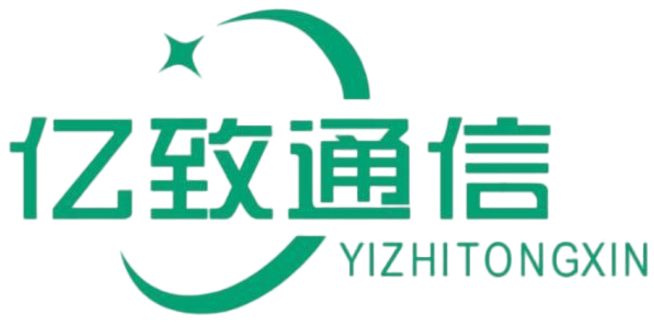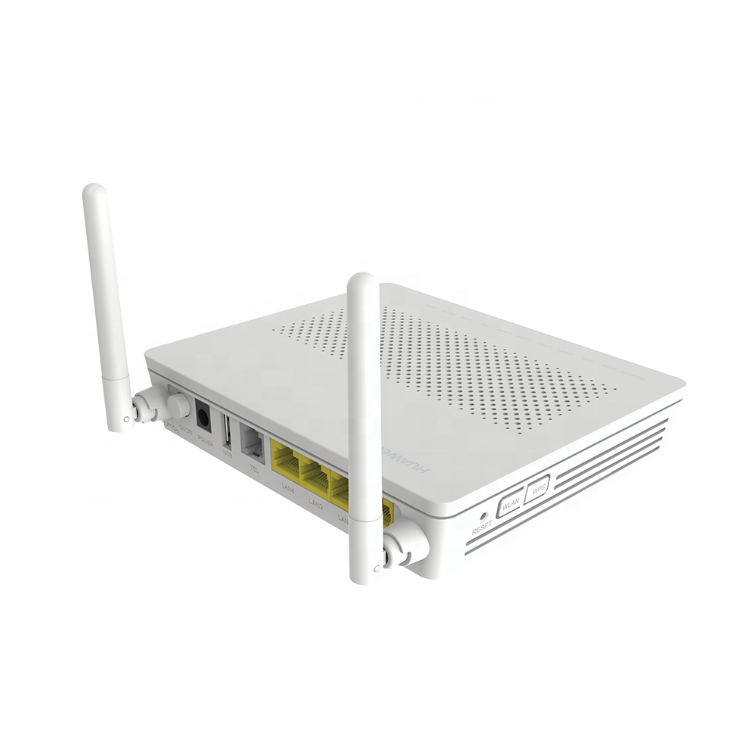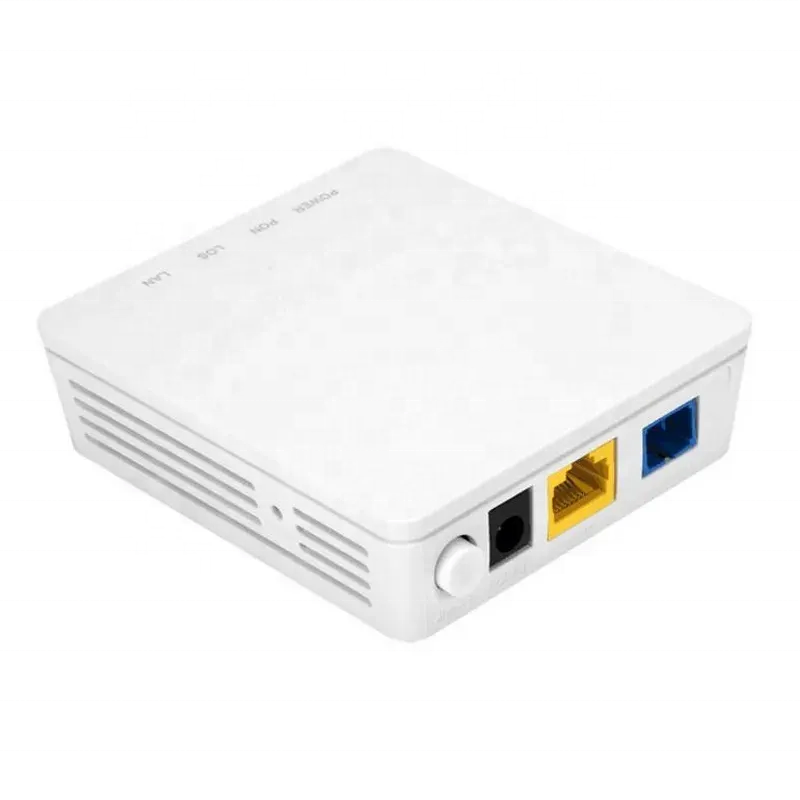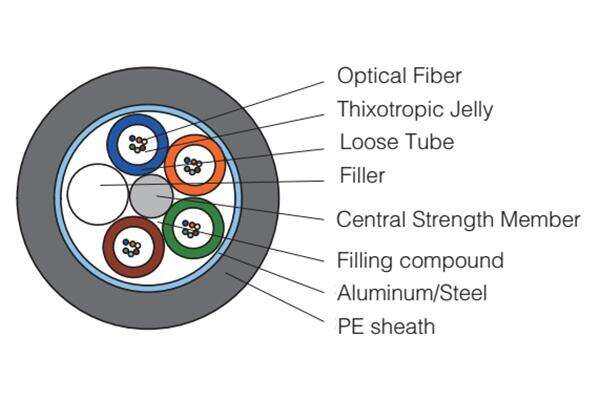fiber optic drop cable
A fiber optic drop cable serves as a crucial component in telecommunications infrastructure, specifically designed to connect the main distribution network to individual end-users. This specialized cable consists of one or more optical fibers protected by various layers of insulation and strengthening materials. The core structure includes a glass or plastic fiber that transmits data through light signals, surrounded by a cladding layer that ensures signal integrity. The cable's outer jacket provides environmental protection and durability for both aerial and underground installations. Drop cables are engineered to withstand various weather conditions and physical stress while maintaining optimal signal transmission capabilities. These cables support high-speed data transfer rates up to several gigabits per second, making them essential for modern broadband services, including internet, television, and telephone communications. The design incorporates features like water-blocking elements, reinforcement members, and crush-resistant materials to ensure long-term reliability. Available in both single-mode and multi-mode configurations, fiber optic drop cables can be customized to meet specific installation requirements and performance needs. They play a vital role in the last-mile connectivity solution, bringing high-speed fiber optic services directly to homes and businesses.












